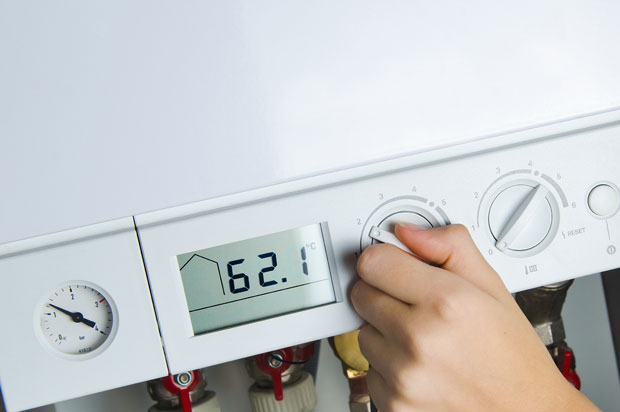How do I set up electricity in my new home?
Learn how to set up electricity in your new place with The Mix's guide on meters, providers and more.

Keep the meter ticking over
Does your house have a prepayment meter?
A prepayment meter allows you to pay for your electricity upfront and works in a similar way to a pay-as-you go mobile phone. You use a key or token to top up credit, either at a local shop or directly into the machine.
If you want to switch to a credit meter (where your bills will be calculated after use) contact your electricity supplier. Prepayment meters are usually more expensive, so switching your meter may be a good option – although you may get charged for the switch. If, like many people, you’re struggling to pay your fuel bills, see our article on support for fuel poverty here.
How to choose a supplier
This is the company that will send your bills. Your property may already have a supplier; you can find out which one by checking any energy bills that come to the house. If you want to get a good deal, use a comparison site like uswitch.com or comparethemarket. Although at the moment unfortunately it’s unlikely there’s a whole lot of benefit to changing supplier. Due to the ongoing energy crisis there’s little difference between suppliers.
How do I find my electricity supplier?
Don’t worry, it’s not too difficult to find out who your electricity supplier is if you don’t know already. First of all you’ll need to work out who your electricity network operator is. Your network operator isn’t an electricity supplier, it’s the company that maintains all of the cables the electricity travels though. If you head over to the Energy Networks Association website and enter your postcode they’ll tell you the number to call for your network operator. Call them with your full address to hand and they will be able to tell you who your electricity supplier is.
Sending the first meter reading
Once you’ve moved in, contact your chosen supplier and give them your first meter reading. Your electricity meter should be located in the house, or communal area if you live in a flat. You’ll be able to tell the difference between the gas and the electricity meter, as the electricity meter will be measured in kilowatt hours (KWh). If you live in a flat and you can’t tell which electricity meter is yours, either ask your landlord or your supplier. To take a reading, note down any numbers in black and leave out any in red.
Ensuring Electrical Safety with PAT Testing
Ensuring the safety of electrical appliances goes beyond just initial setup; regular maintenance is crucial. One essential aspect of appliance safety is PAT testing. Knowing how to use a pat tester is vital for identifying potential risks and preventing electrical hazards. When performing PAT testing, individuals should follow manufacturer guidelines and ensure proper training to accurately assess the condition of electrical equipment. By adhering to safety protocols and conducting regular inspections, residents can mitigate the risk of electrical accidents and ensure the safety of their homes.
Paying electricity bills
It’s important to take regular meter readings to give you an idea of how much energy you use and help you budget accordingly. If you don’t, you’ll get an estimated bill, which tends to be more expensive. If your bills are too expensive don’t panic, your electricity supplier should have some support options to help you out. You can also check out our article on what to do if you owe people money for some advice on how to handle being chased for payments.
Next Steps
- Chat about this subject on our Discussion Boards.
By
Updated on 12-Jan-2016
Photo by Shutterstock.
No featured article












